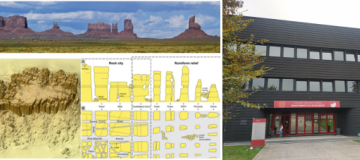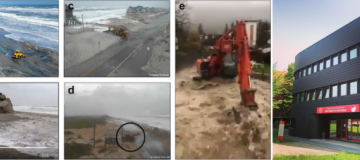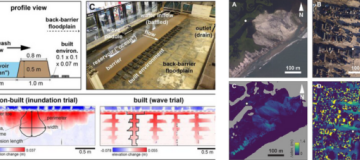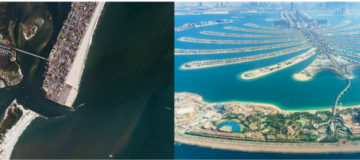
Seminar - Landform evolution in sedimentary tablelands: patterns of escarpment retreat and the role of subsurface processes
Speaker: Prof. Piotr Migoń - Uniwersytet Wrocławski, Poland | Tuesday 25 March 2025 | 4,30 PM - Arduino Classroom
25.03.2025
In the talk, several conceptual models of escarpment retreat will be presented, with an emphasis on non-catastrophic processes involved in caprock in situ disintegration. This will be followed by the examination of the role of subsurface processes in the evolution of tablelands in clastic and presentation of tools available to recognize that the role is indeed very important.








